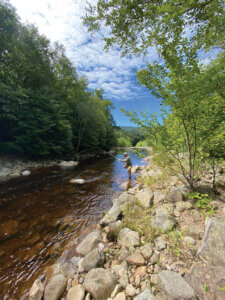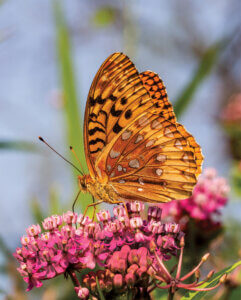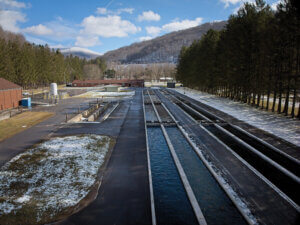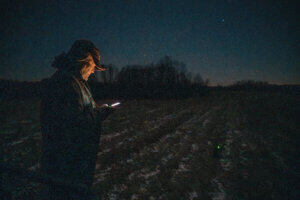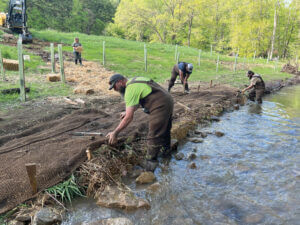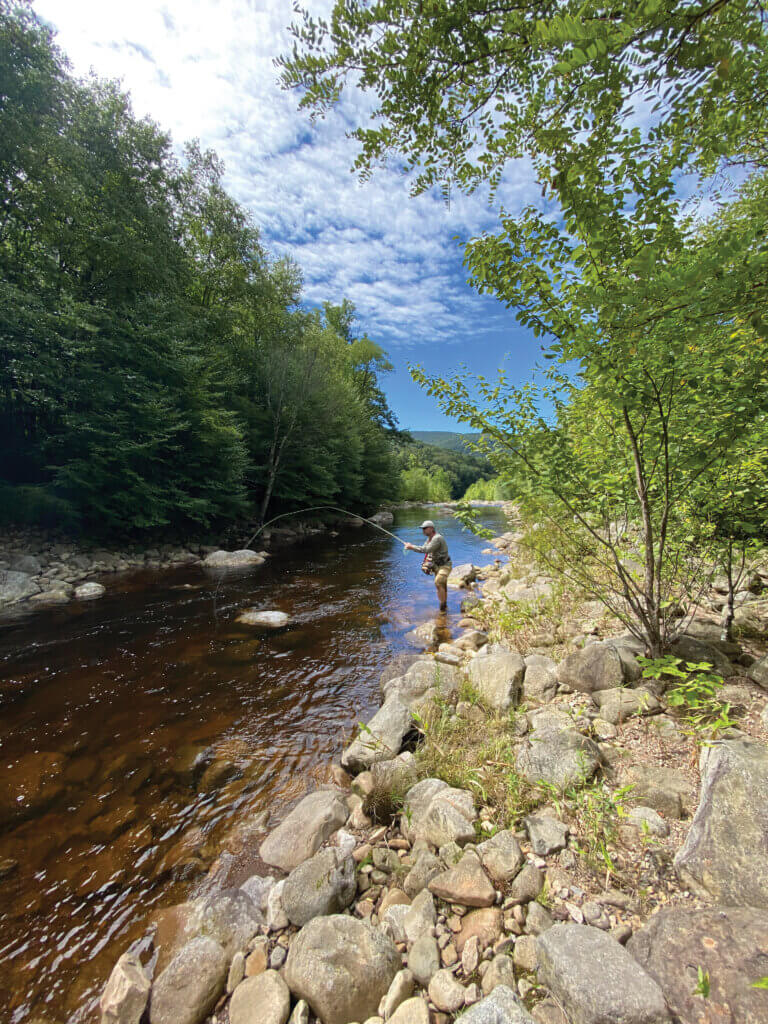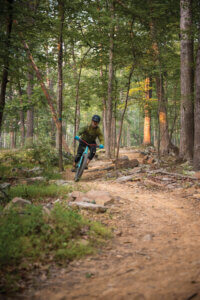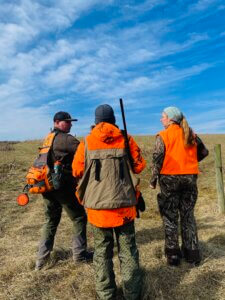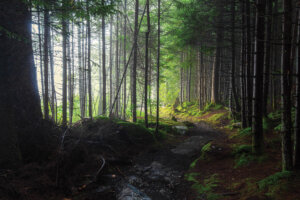
This story was originally published in the September 2020 issue of Wonderful West Virginia, and was updated in March 2023 by Wonderful West Virginia staff. To subscribe, visit wonderfulwv.com.
Written by Carlee Lammers
West Virginia’s shale barrens are home to some of the state’s most interesting ecology.
To the untrained eye, the shale barrens of eastern West Virginia don’t look like much. Compared to the state’s robust forestland, the shale barrens look like deserts—droughtridden, rocky sections of land that support only a few stunted plants.

But to Jim Vanderhorst, a vegetation ecologist with the state Division of Natural Resources’ Natural Heritage program, shale barrens aren’t wastelands. They’re captivating. It’s shale barrens, he says, where you can find species of plants and animals that exist nowhere else in the world. It’s shale barrens, he says, where researchers might someday find entirely new species. And it’s shale barrens that give West Virginia an ancient connection to the American West.
Small Saharas
Shale barrens are found in the “rain shadow,” a hot, dry area on the east side of the Allegheny Mountains. Shale-based soils are prone to seasonal drought, creating conditions that prevent seeds from germinating and keep
plants sparse and small. This ensures an open canopy in the forest, which keeps the conditions hot and dry.
Today, shale barrens consist of sunny openings and open woodlands, usually found on hot, steep, crumbling slopes in some eastern counties of West Virginia and nearby areas of Virginia, Maryland, and Pennsylvania.
They’re small. “A 10-acre barren would be a pretty big one,” says Vanderhorst. “The total area of known shale barrens in West Virginia is less than 1,000 acres.”
You’ll find common trees like Virginia pines, chestnut oak, and rock oak in shale barrens. But they are stunted, almost like bonsai trees. “They are just dwarfed and widely spaced,” Vanderhorst says. “They may be 10 years old and they’re only 6 inches high.”
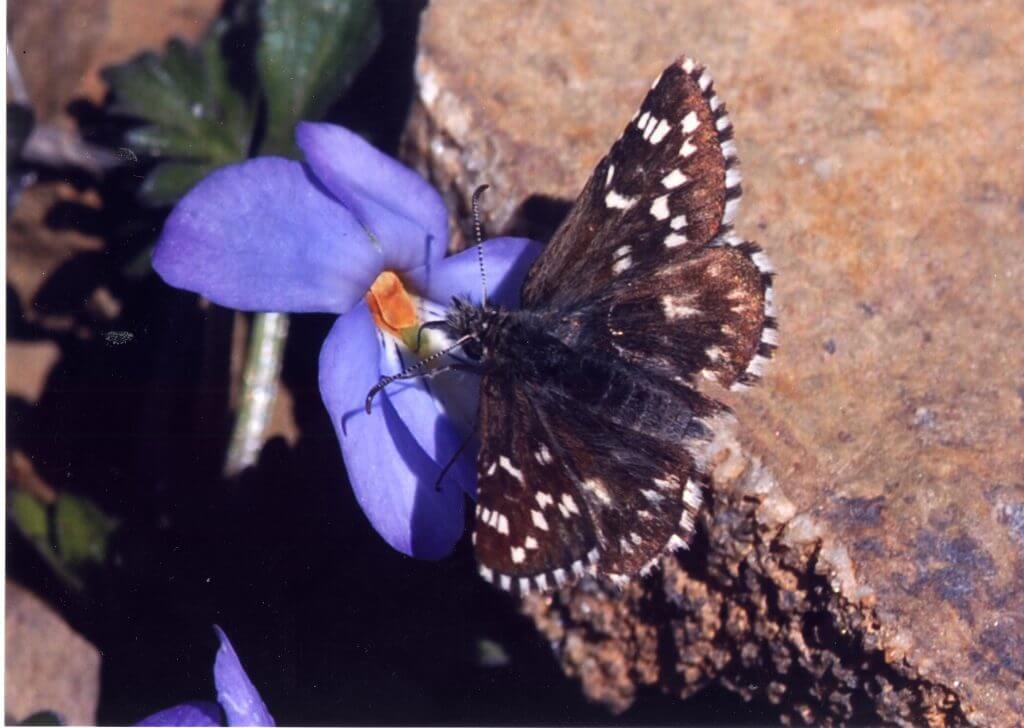

It’s a habitat like no other in West Virginia. The shale was laid down about 400 million years ago, during the Devonian time period. It was then lifted up and exposed during the Permian period, roughly 250 million years ago, when folding and faulting rock formed the ridge and valley topography we see now.
So why have shale barrens persisted as the rest of West Virginia became covered in lush woodlands? Early ecologists thought barrens were partly caused by erosion, a result of streams undercutting shale slopes. But not all shale barrens are undercut by water. Modern science has a different answer: prolonged drought.

The dry climate prevents the trees from growing to their usual size. Eventually, these conditions may kill them. Yet some species, called shale barren endemics, are only found in these forbidding ecosystems: plants like shale barren wild buckwheat, Kate’s mountain clover, and pussytoes ragwort. And there’s potential to find more. Studies have shown that many plants exclusively found in shale barrens are related to plant species in the western United States. Wild buckwheat, for example, is the only species of native buckwheat found this far east. But there are more than 200 species of buckwheat on the other side of the Mississippi River. “With changes in climate and glaciation, things were separated. It’s kind of a mystery,” Vanderhorst says.

A Threatened Habitat
Although shale barrens have survived in the West Virginia hills for millenia, modern challenges threaten to erase them from the landscape. “Typically they are left alone because they don’t have economic uses,”
Vanderhorst says. “But a lot of times roads are built at the base of them, and they just use the shale to build the roadway.”
There are larger threats, too. While it was likely ancient climate change that created the shale barrens, it’s modern climate change that has the potential to make them disappear. No one can tell for sure. “West Virginia may be getting wetter. That could create less drought and could lead to more growth,” Vanderhorst says. “But you can’t predict that.”
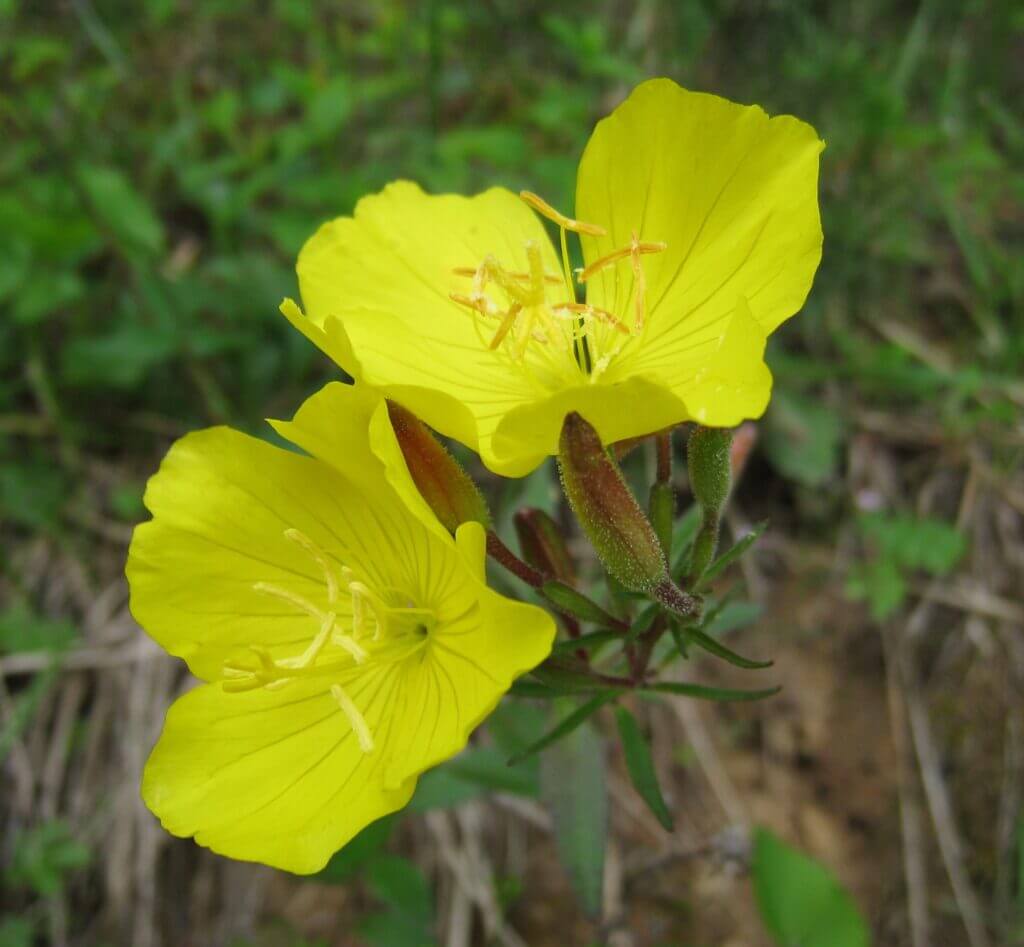
This loss of habitat would be devastating for the plants and animals that call shale barrens home. The Appalachian grizzled skipper, for instance, feeds on dwarf cinquefoil, a small, yellow flowered, low-to-theground plant found statewide. But the butterfly’s genetic makeup only allows it to thrive in hot, dry climates—like shale barrens.
Habitat loss isn’t the only thing threatening shale barren-centric species, though. Butterflies like the columbine duskywing, the mottled duskywing, the Persius duskywing, and some hairstreaks haven’t been seen since the ’80s and ’90s, when it was common to use broad spectrum insecticides to combat gypsy moths. The chemicals inadvertently killed many shale barren butterflies.
Protecting the Puzzle Pieces
The state is working to preserve the endangered shale barren rock cress plant and monitor the grizzled skipper butterflies, but conservation is a challenge. Many of the shale barrens in West Virginia are on private lands
that DNR doesn’t have control over. Biologists never know which species they will find year to year, because changes might have been made to the environment since their last visit.
She admits it can be disheartening to spend days searching shale barrens for specific species and coming up empty-handed, but Olcott says it drives her to educate people about the state’s natural heritage. She sees shale barrens and the plants and animals that call them home as small pieces of a larger puzzle.
“They probably won’t develop a cure for cancer for you or anything like that. Is the world going to stop because we don’t have columbine duskywing anymore in Hampshire County? Probably not, no. But they are part of the natural landscape of West Virginia,” Olcott says. “They create a sense of place for the whole state of West Virginia and that’s part of our natural heritage. Saving all the parts is important for future generations.

